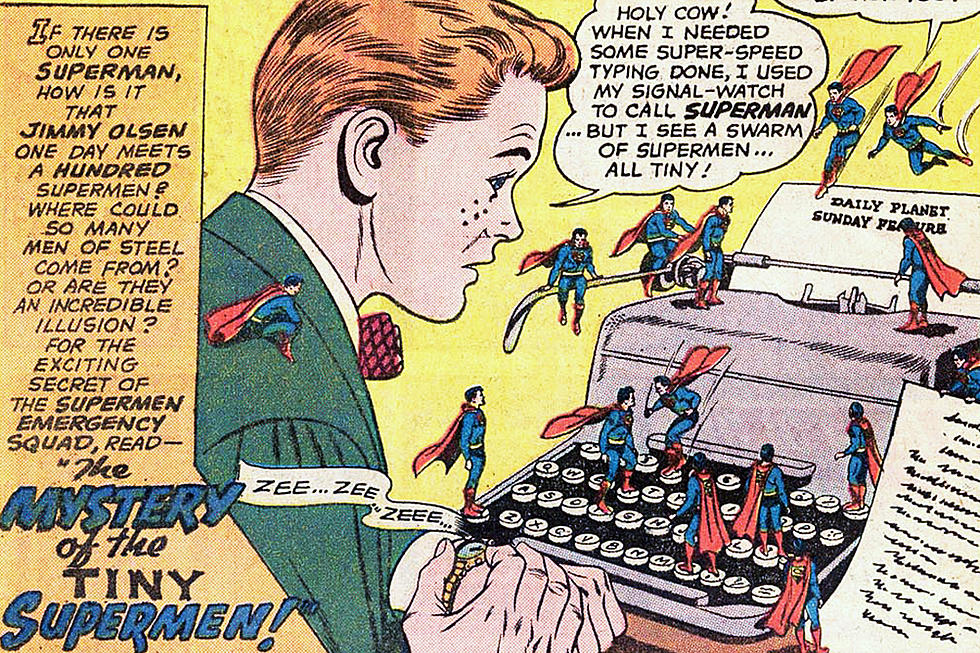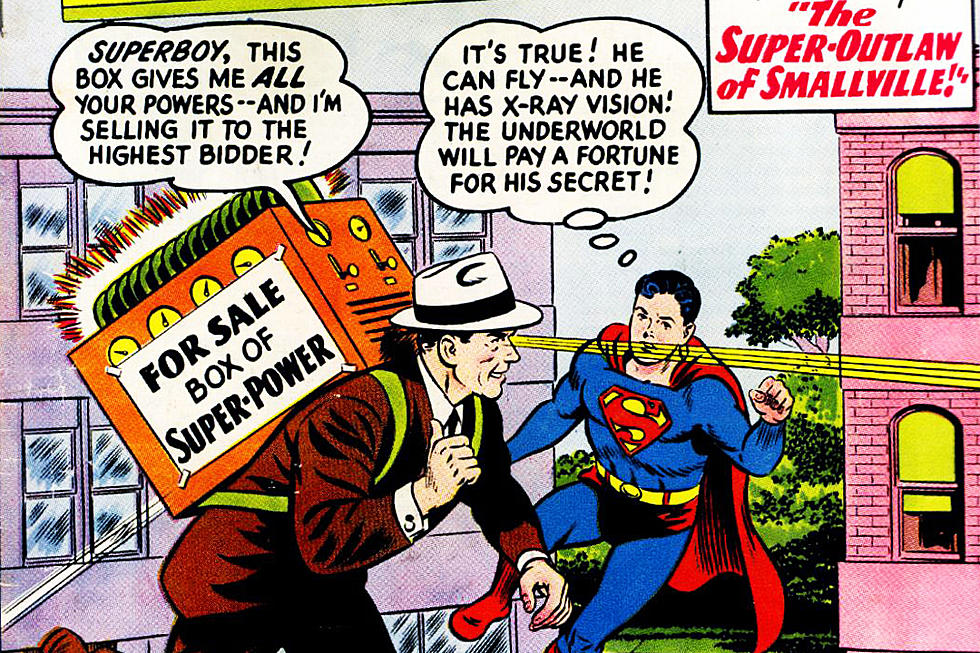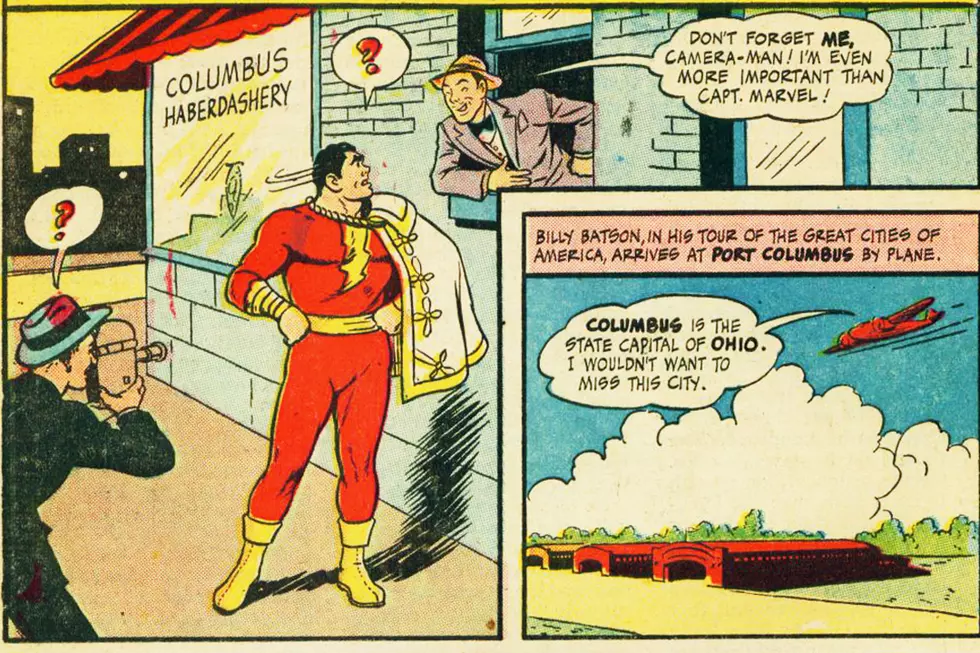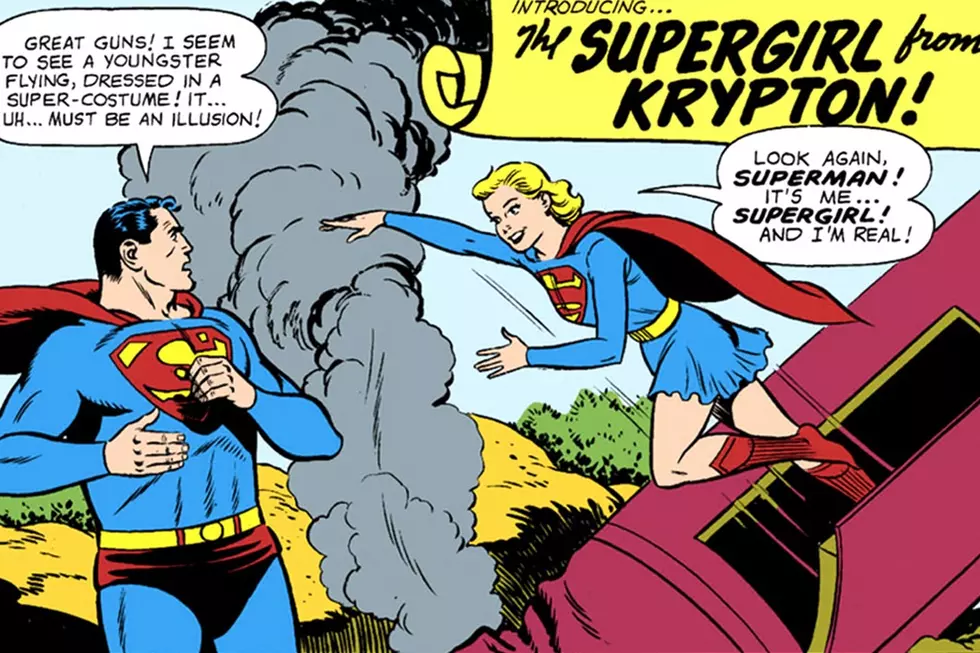
Ask Chris #331: The Imaginary Story Cake Brunch That Sadly Never Happened
Q: Can you please explain this picture? — @settlechaos
A: I actually can! But I'll warn you right now, friend, the actual answer does not involve a bunch of superheroes hanging out on a patio eating chocolate cake while ignoring Jimmy Olsen's cries for mercy in the background.









